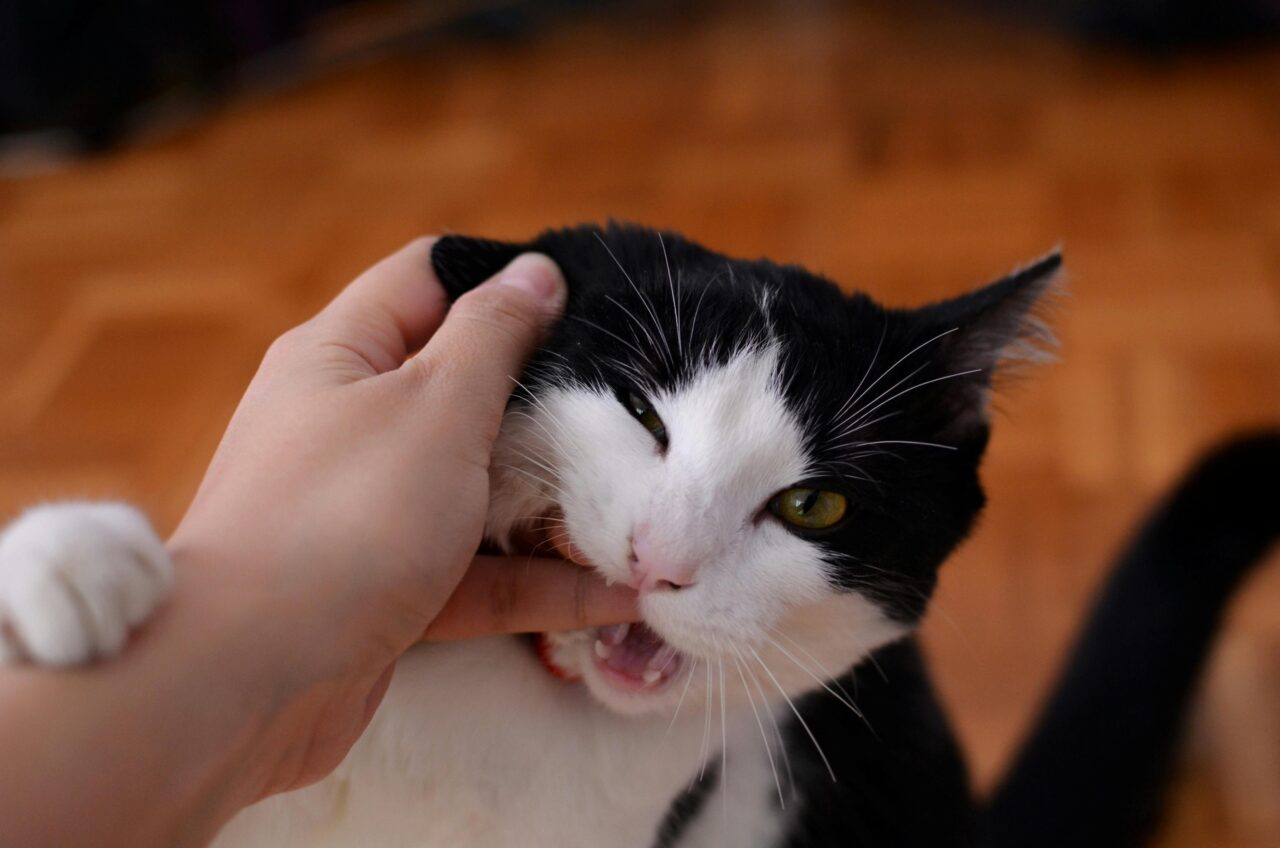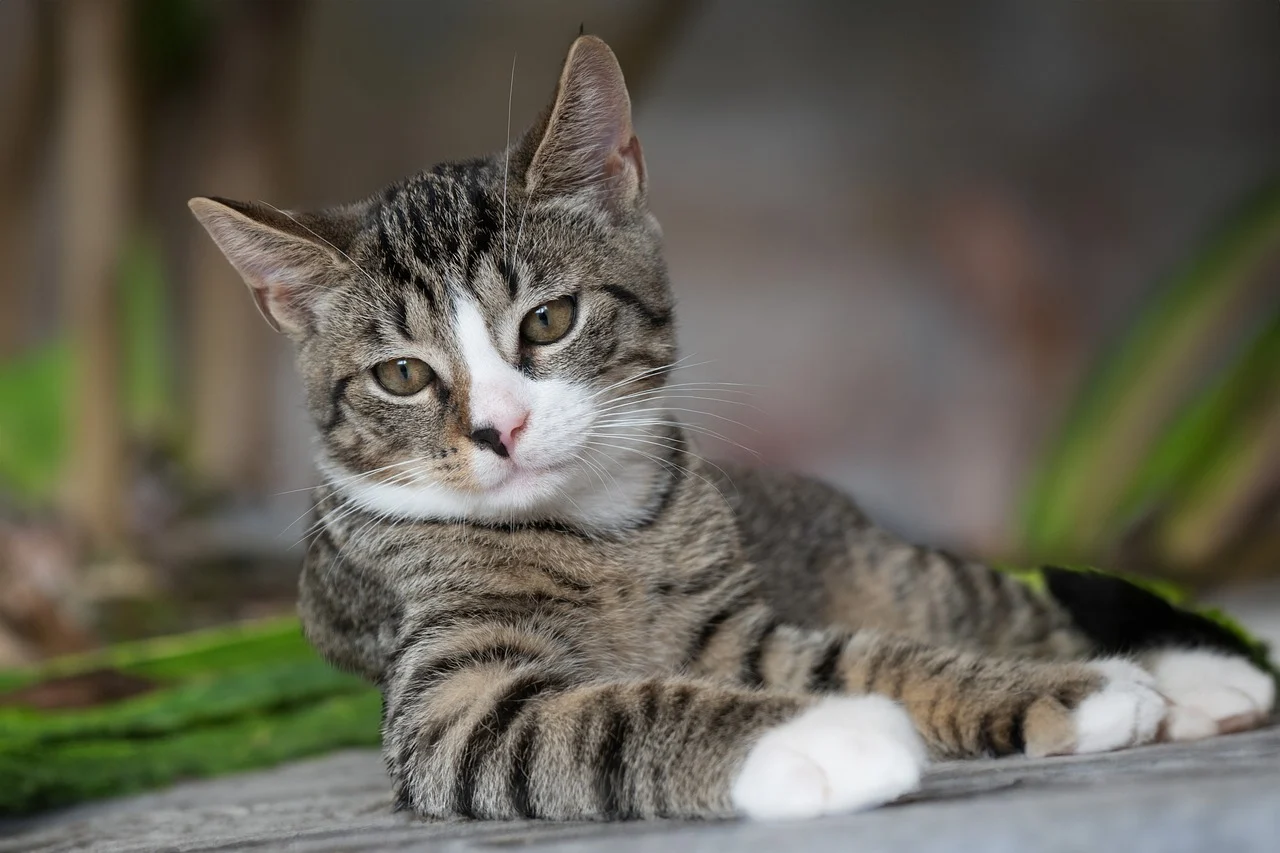Cats are charming companions, but their occasional bites can leave owners puzzled. Unraveling the reasons behind this behavior is key to better communication and a stronger bond with your furry friend.
The Fine Line Between Playful and Aggressive Bites

Picture this: your cat pounces during play, sinks its teeth into your hand, then darts off as if nothing happened. Cats often bite during play because their hunting instincts kick in, and they see your movements as an invitation to “hunt.”
Play-biting, while seemingly harmless, can escalate if left unchecked, turning into aggressive nips over time. Recognizing the difference between playful nibbles and aggressive bites is crucial for both your safety and your cat’s mental health.
A playful bite is usually gentle, with no intent to hurt, while an aggressive one may involve growling, hissing, or sudden swipes of the paw. Providing toys that mimic prey can help redirect this natural energy away from your hands.
The Love-Bite Phenomenon

Out of nowhere, your purring cat may nip at your arm while you’re petting it—what gives? Known as love bites, these behaviors can be a cat’s way of saying, “I’ve had enough of this.” Cats are sensitive creatures, and prolonged petting can overstimulate them, leading to an unexpected nibble.
Watch for signs like twitching tails, flattened ears, or a sudden shift in body language—they’re subtle warnings that your cat is reaching its limit. Respecting these boundaries can prevent these love bites and make petting sessions more enjoyable.
Remember, your cat isn’t being mean—it’s just asking for personal space in the only way it knows how.
Overstimulation

Think about the last time you rubbed your cat’s belly, and it suddenly turned into a battle of claws and teeth. Overstimulation is a common trigger for biting and often results from repetitive touch that becomes overwhelming for your feline friend.
Unlike humans, cats don’t always enjoy prolonged physical contact, and what starts as soothing can quickly become irritating. This doesn’t mean your cat dislikes you—it simply has a lower threshold for tactile interactions.
Varying the way you touch your cat and paying attention to its preferences can reduce the likelihood of overstimulation bites. A little mindfulness goes a long way in creating positive interactions.
Fear and Stress

Imagine a loud noise startling your cat, and it lashes out with a bite—it’s not aggression, it’s fear. Cats bite when they feel threatened or cornered, using it as a defense mechanism to protect themselves.
Stressful environments, unfamiliar faces, or sudden movements can all contribute to this kind of behavior. Creating a safe, calming space for your cat can help alleviate these triggers and minimize anxiety-induced biting.
Pay attention to your cat’s body language: wide eyes, flattened ears, and crouched postures are red flags for fear. Addressing the root cause of their stress can prevent future incidents and help your cat feel more secure.
Pain as a Hidden Cause

You’re gently stroking your cat, and it bites unexpectedly—could pain be the reason? Sometimes, biting is your cat’s way of saying, “Something’s wrong, and I need help.” Conditions like dental problems, arthritis, or even skin irritations can make certain areas of your cat’s body sensitive to touch.
If your cat’s biting behavior is new or seems to occur during specific interactions, it’s worth scheduling a visit to the vet. Catching medical issues early can save your cat from prolonged discomfort and restore its trust in your handling. Listening to these subtle cues is a critical part of responsible pet ownership.
Marking Boundaries With Teeth

Ever notice your cat becoming possessive of its space and responding with a bite when you get too close? Cats are territorial animals, and biting can be their way of setting clear boundaries.
This behavior often surfaces when introducing new pets or rearranging furniture, which can disrupt their sense of control. Respecting your cat’s territory and providing them with designated safe spaces can help reduce these defensive behaviors.
Using positive reinforcement and patience, you can teach your cat that your presence isn’t a threat. A little understanding of your cat’s need for security can prevent many boundary-related bites.
How to Respond When Your Cat Bites

A bite from your cat can be startling, but your reaction matters just as much as the cause. Avoid yelling or punishing your cat—it doesn’t understand these actions and might become more fearful or aggressive.
Instead, calmly remove yourself from the situation and give your cat some space to cool down. Learning your cat’s triggers and adjusting your behavior accordingly can prevent bites from happening in the future.
Offering alternatives like chew toys or interactive games can also redirect biting behavior to more acceptable outlets. Over time, your patience and understanding can help your cat feel more at ease and reduce the need to bite.
